Soybean Summit Q&A with Dr. Shawn Conley
Dr. Shawn Conley’s virtual Soybean Summit session held on Wednesday, February 10, discussed how changes in soybean physiology have influenced soybean yield potential. Conley [...]
Boots on the Ground: Validation of Benchmarking Process through an Integrated On-Farm Partnership
This article was originally published on the Cool Bean website by Dr. Shawn Conley and team. Team: Dr. Shawn P. Conley (Principal Co-Investigator) University [...]
On Farm Soybean Research: Planting Dates Study
The University of Wisconsin is leading a regional planting date study. The goal is to compare the yield and profit for earlier planting dates. [...]
The Soybean Seeding Rate Conundrum
In a bean-pod… Use a soybean seed treatment Plant less than 140,000 seeds in white mold areas Target a final stand of 100,000+ plants [...]
Are Your Soybeans Nodulating?
Non-nodulating soybeans in 2015, in 2016 and again in 2017. I have received a deluge (pun intended) of questions regarding the overall lack of [...]
Best Management Practices for Growing Second Year Soybeans
Before we start, we fully acknowledge our title “Best management practices for growing second year soybeans” is a bit misleading as we do not [...]
New Traits Don’t Automatically Translate to Highest Yield!
Last week’s announcement by the EPA to register Dicamba formulations for use on Dicamba Tolerant Crops has the soybean world abuzz and for once [...]
Plant & Soil: Soybean Management Strategies to Facilitate Timely Winter Wheat Establishment
Winter wheat acres across WI have declined over the past few years due to high corn and soybean prices and late grain harvests. As [...]
Plant & Soil Health: Using Inoculants in a Corn-Soybean Rotation
Although the air is 79 percent di-nitrogen (N2), soybean plants without Bradyrhizobium japonicum are unable to utilize this nitrogen source. The soybean plant provides nutrients (carbohydrates [...]
Agronomics: Harvest Considerations for Variable Soybean Maturity
Variable soil types, knolls, flooding and drought have left many growers with extreme in-field variability of soybean maturity. There are areas in fields where [...]

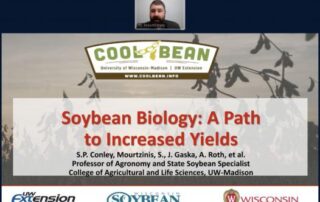
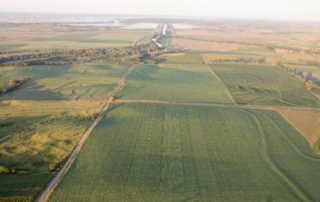
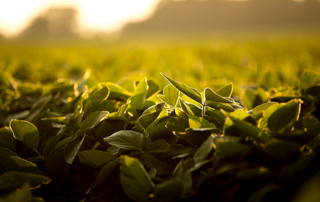
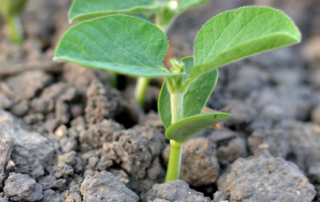
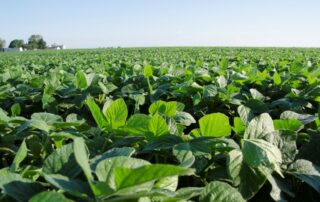
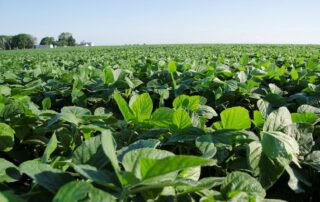
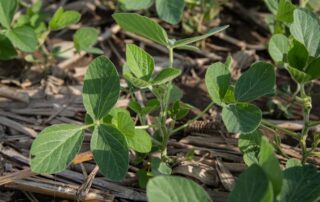
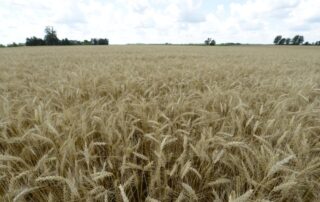
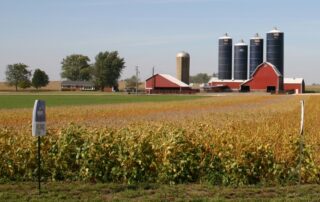
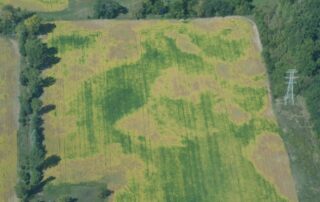

 and then
and then